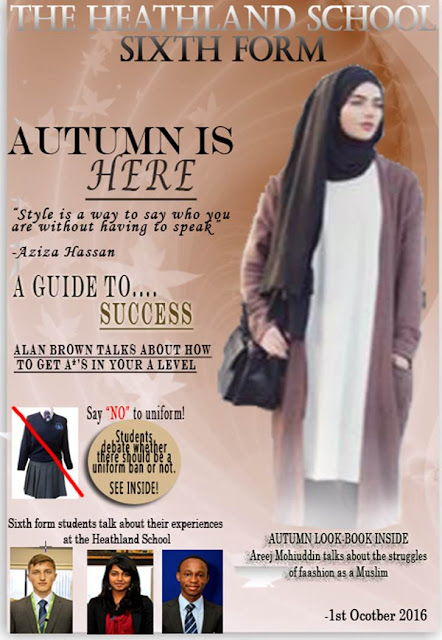Extract- 500 days of summer
The extract starts with “Enigma” as the
audience is confused of what is happening. This is Barthes theory and he
believes this teases the audience and makes them hooked on. It makes the
audience think; who is the girl?, why is there a party taking place?, who is
her fiancé?
Another theory we can see is "Binary
Oppositions" from Levi-Strauss. This is shown in the extract as we can see
“expectations vs reality”. The camera moves as the person is moving which is
effective as it gives a better understanding to the audience and it's realistic as you feel as if
you are in that scene.
Also, the editing is done in a very
creative way as both screens of “expectation vs reality” are shown together.
This makes it easy for the audience to compare what is going on as they are
side-to-side. The muted background builds tension as we are more focused on the
actions of the characters and what will happen next.
The camera angles are mid-shot throughout
the scene which gives a natural look. However, towards the end, the camera
angles are from the top as he is running down the stairs, this is done so we
can how fast he is going as well as how furious he is. It also makes the
audience feel superior as we are looking from a birds eye view therefore the
audience have an impression that they have power over the character.



































